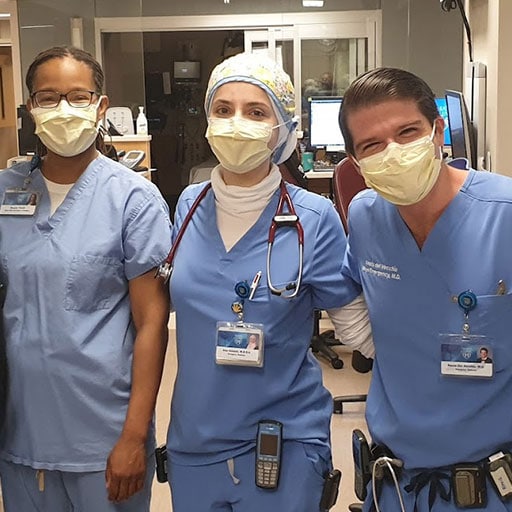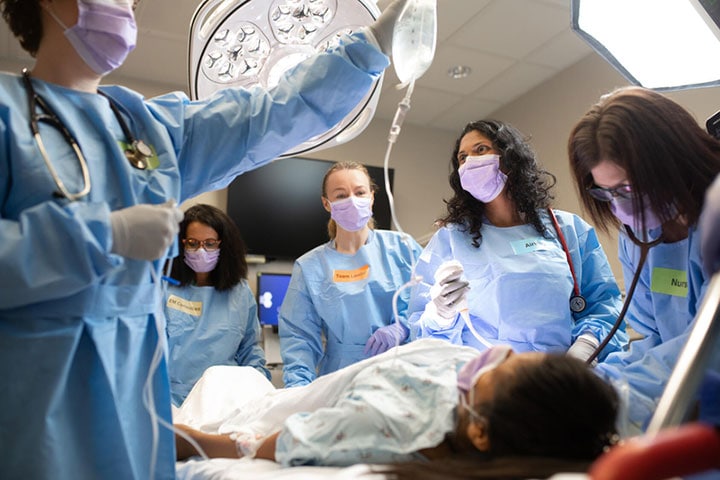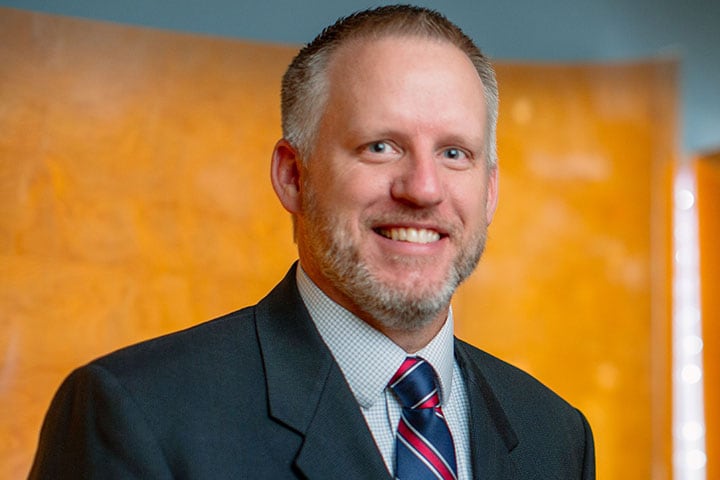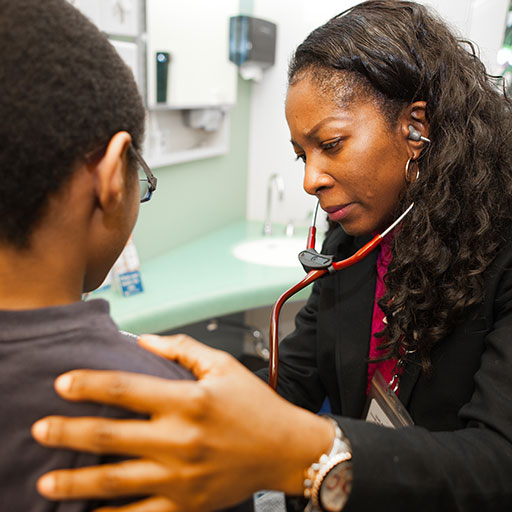Your training experience
As a resident at Mayo Clinic, you'll have access to robust clinical, educational, and research resources. You'll find support inside and outside of the campus to promote wellness and ensure work/life balance.

Centered on the principle "The needs of the patient come first," the Emergency Medicine Residency in Rochester, Minnesota, provides the highest quality resident training experience through exposure to a diverse and clinically challenging patient population and academic opportunities, all in preparation for a versatile career in emergency medicine.
Regardless of whether you pursue an academic, community, or rural setting in which to practice, you will have the skills required to make a positive impact and be successful.
hospital in Minnesota and nationally recognized on the Best Hospitals Honor Roll (U.S. News, 2023-2024)
patients seen annually at Mayo Clinic Hospital — Rochester, Saint Marys Campus emergency department
of core curriculum taught with advanced simulation technology

7:59
Mayo is a special place, and you feel the mission so deeply engrained. This is about the patients and we're going to find the best way to get the best care. You know — we're the front door of the hospital. Everybody feels that mission.
Colin Bucks, M.D.
Disaster Medicine and Emergency Medical Services
At Mayo Clinic, we're a family that works together as a team to support one another.The faculty members here are diverse, and the off-service rotations are unparalleled with world-renowned staff in departments such as cardiology, orthopedics, and neurology. Renowned scholars who have written text on advanced cardiovascular life support as well as advanced trauma life support reside here, too.
Additionally, our patient population is extremely complex with a great variety of pathology.
If you're interested in research, the opportunities are endless. You also have a vast amount of resources available to pursue your own individual interest in emergency medicine.
Lastly — and this is probably one of the most important reasons to train here — you, the resident, play not only an integral role in designing the program, but also a crucial one.
The three-year Emergency Medicine Residency is fully accredited by the Accreditation Council for Graduate Medical Education (ACGME).
The Emergency Medicine Residency began training its first resident in 2000. Since then, more than 100 residents have completed training in the program. Each year, nine residents are welcomed into the residency.
On average and depending on your postgraduate level of training, you will see anywhere from one to three patients an hour. In a week of seeing "average" patients, you will see a dozen patients with chest pains, one or two of whom will have ST segment elevation myocardial infarction (STEMI) on their electrocardiograms (ECGs). You'll also work on many overdoses; abdominal catastrophes, such as abdominal aortic aneurysms, perforations and mesenteric ischemia; and several gastrointestinal bleeds.
You will perform several procedures each week secondary to any number of medical conditions, such as flash pulmonary edema, and see about a half-dozen patients with syncope and trauma. Several patients will have fractures for numerous reasons.
You will see many patients with atrial fibrillation with rapid ventricular rate, and you will convert a patient's rhythm either chemically or electrically depending on the clinical scenario.
To summarize it in one word: excellent. Our trauma teams are composed of half emergency medicine residents and half surgery residents. The trauma teams have excellent communication during the resuscitations, and we work very well together. We work hand in hand with surgery residents during our surgical intensive care unit (SICU) months. This is a great time to bond and establish relationships that are needed for communication later in the emergency department.
We spend about 20% of each month in the pediatric emergency medicine care area. We see the seasonal variation inherent in pediatrics. Additionally, in the first year, you have a dedicated month seeing pediatric emergency medicine patients. The teaching is excellent — our pediatric emergency medicine faculty members frequently receive teaching awards.
While Mayo Clinic is a referral center for all of southeastern Minnesota, southwestern Wisconsin, and northern Iowa — and yes, many parts of the rest of the world — it is also a primary caregiver for all of southeastern Minnesota. This is the heartland of the Midwest. The majority of what we see is bread-and-butter cases from local and surrounding rural and urban community patients. The zebras only drop in a minority of the time.

As a resident at Mayo Clinic, you'll have access to robust clinical, educational, and research resources. You'll find support inside and outside of the campus to promote wellness and ensure work/life balance.

"At Mayo Clinic, you will find outstanding individuals who work together as a team to offer the very best in patient care and emergency medicine education."


